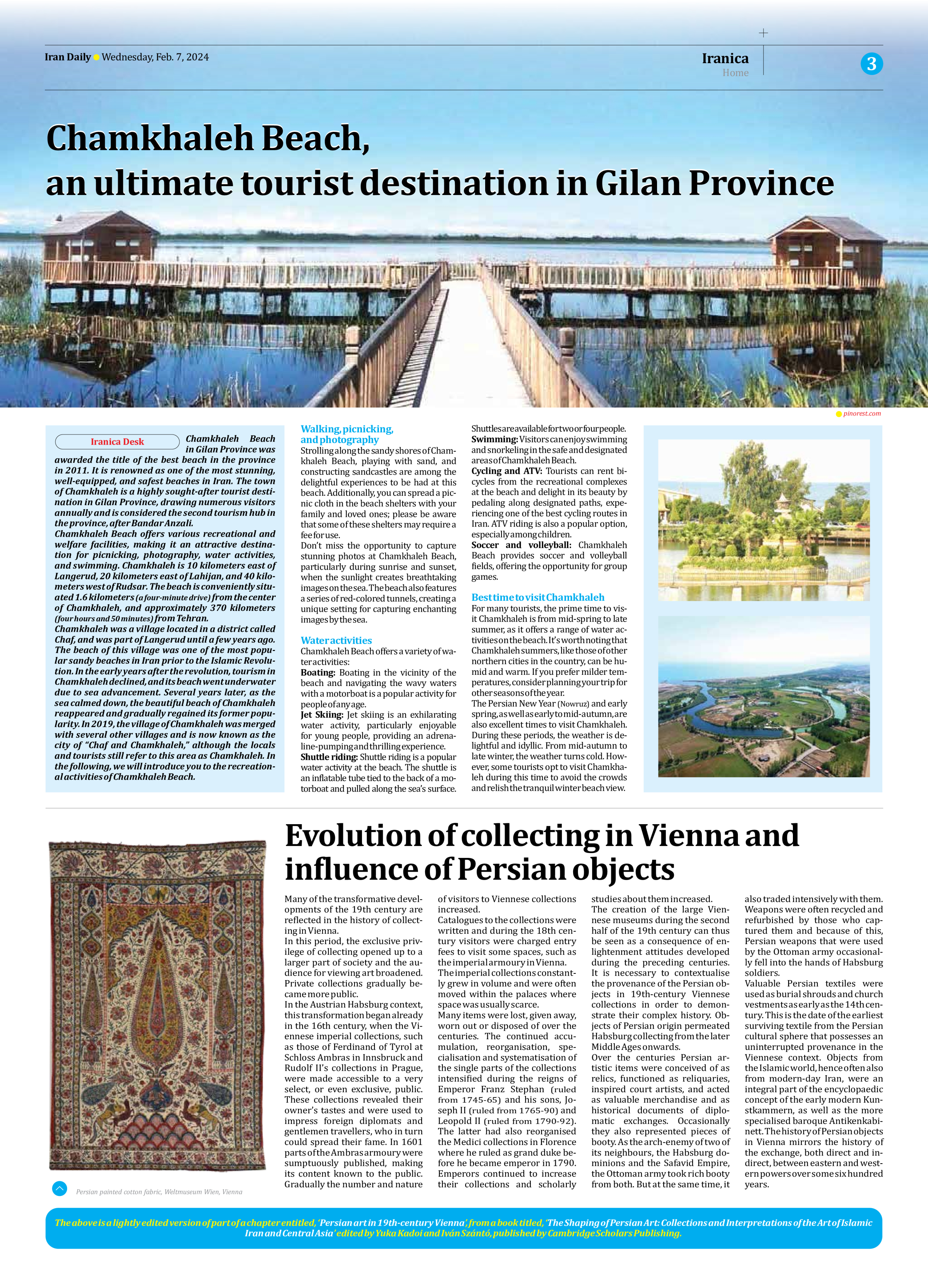
Evolution of collecting in Vienna and influence of Persian objects
Many of the transformative developments of the 19th century are reflected in the history of collecting in Vienna.
In this period, the exclusive privilege of collecting opened up to a larger part of society and the audience for viewing art broadened. Private collections gradually became more public.
In the Austrian Habsburg context, this transformation began already in the 16th century, when the Viennese imperial collections, such as those of Ferdinand of Tyrol at Schloss Ambras in Innsbruck and Rudolf II’s collections in Prague, were made accessible to a very select, or even exclusive, public. These collections revealed their owner’s tastes and were used to impress foreign diplomats and gentlemen travellers, who in turn could spread their fame. In 1601 parts of the Ambras armoury were sumptuously published, making its content known to the public. Gradually the number and nature of visitors to Viennese collections increased.
Catalogues to the collections were written and during the 18th century visitors were charged entry fees to visit some spaces, such as the imperial armoury in Vienna.
The imperial collections constantly grew in volume and were often moved within the palaces where space was usually scarce.
Many items were lost, given away, worn out or disposed of over the centuries. The continued accumulation, reorganisation, specialisation and systematisation of the single parts of the collections intensified during the reigns of Emperor Franz Stephan (ruled from 1745-65) and his sons, Joseph II (ruled from 1765-90) and Leopold II (ruled from 1790-92). The latter had also reorganised the Medici collections in Florence where he ruled as grand duke before he became emperor in 1790. Emperors continued to increase their collections and scholarly studies about them increased.
The creation of the large Viennese museums during the second half of the 19th century can thus be seen as a consequence of enlightenment attitudes developed during the preceding centuries. It is necessary to contextualise the provenance of the Persian objects in 19th-century Viennese collections in order to demonstrate their complex history. Objects of Persian origin permeated Habsburg collecting from the later Middle Ages onwards.
Over the centuries Persian artistic items were conceived of as relics, functioned as reliquaries, inspired court artists, and acted as valuable merchandise and as historical documents of diplomatic exchanges. Occasionally they also represented pieces of booty. As the arch-enemy of two of its neighbours, the Habsburg dominions and the Safavid Empire, the Ottoman army took rich booty from both. But at the same time, it also traded intensively with them. Weapons were often recycled and refurbished by those who captured them and because of this, Persian weapons that were used by the Ottoman army occasionally fell into the hands of Habsburg soldiers.
Valuable Persian textiles were used as burial shrouds and church vestments as early as the 14th century. This is the date of the earliest surviving textile from the Persian cultural sphere that possesses an uninterrupted provenance in the Viennese context. Objects from the Islamic world, hence often also from modern-day Iran, were an integral part of the encyclopaedic concept of the early modern Kunstkammern, as well as the more specialised baroque Antikenkabinett. The history of Persian objects in Vienna mirrors the history of the exchange, both direct and indirect, between eastern and western powers over some six hundred years.
The above is a lightly edited version of part of a chapter entitled, ‘Persian art in 19th-century Vienna’, from a book titled, ‘The Shaping of Persian Art: Collections and Interpretations of the Art of Islamic Iran and Central Asia’ edited by Yuka Kadoi and Iván Szántó, published by Cambridge Scholars Publishing.







